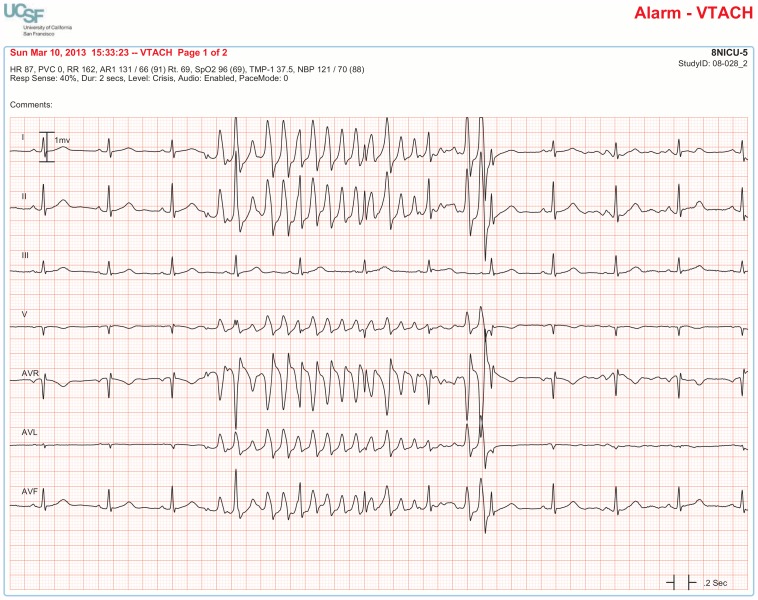Figure 6. False positive ventricular tachycardia alarm using seven available ECG leads for diagnosis.
Page one of the alarm annotation analysis tool in a second patient with a ventricular tachycardia alarm. Proof that this is a false positive alarm is provided by observing Lead III that shows clearly-visible P-QRS-T waveforms indicating normal sinus rhythm. All six remaining ECG leads show artifact that mimics ventricular tachycardia. It is important to point out that Lead III is not one of the two leads routinely displayed on the bedside monitor in our ICUs so unless all available leads are reviewed, a misdiagnosis would be made of rapid polymorphic ventricular tachycardia. This type of rapid, repetitive artifact on the ECG is often created during patient monitoring by motion artifact during activities of daily living. The non-artifact lead (Lead III) uses the left arm and left leg electrodes but not the right arm electrode. So, this is likely to be a right-handed patient doing something like brushing teeth.

